In a rare move, the Portland City Council has overturned a decision by the Design Commission. In April the Design Commission approved an expansion of the Jupiter Hotel, designed by Works Partnership. The new building was originally proposed to be clad in asphalt composition shingles, but the Commission insisted that the building should instead be clad in metal shingles. The approval was then appealed to City Council, who removed the condition of approval, therefore allowing the asphalt shingles as the finished material.
The new 6 story building will add 67 rooms on a site directly to the east of the existing hotel. The ground floor would include restaurant and retail spaces facing onto E Burnside, along with a lobby and reception located at the corner of the site. An upper level lounge, banquet hall and exterior garden are proposed for the second floor. Guest rooms would be located in floors 3 to 6. No new vehicular parking is proposed.
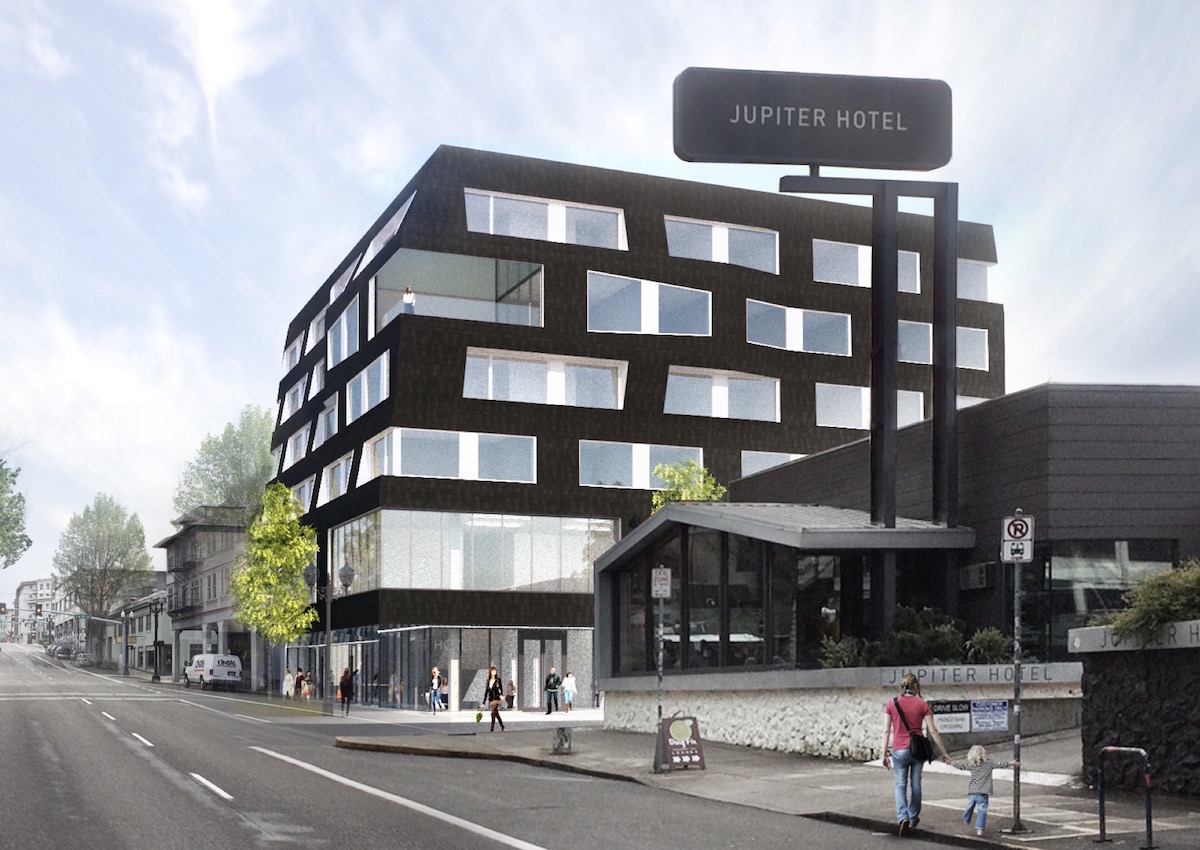
The site at 910 E Burnside is currently developed with a single story restaurant building, which City records show as dating from 1931. The building was most recently occupied by Boogies Burgers and Brew, which has now closed.
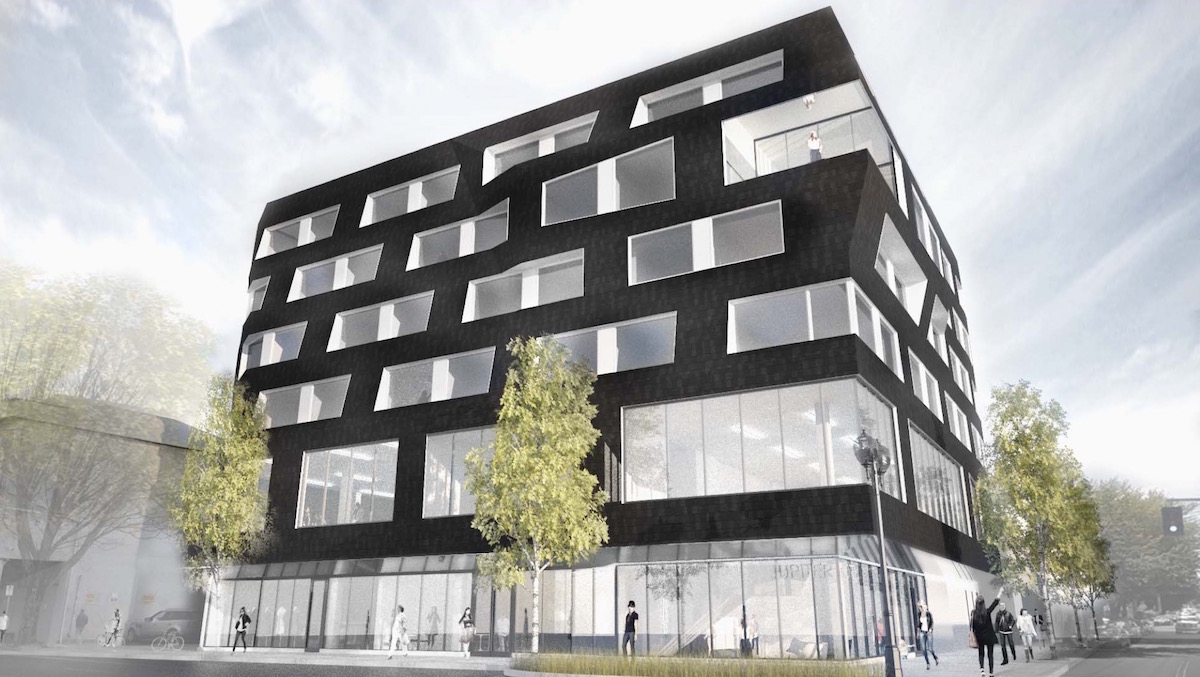
The design of the building has been significantly revised since it was presented for Design Advice in November 2015. In response to Design Commission comments that the building as originally proposed was too similar to other nearby Works Partnership buildings, including Slate and 811 Stark, the exterior of the building has been completely redesigned. The clearly defined frames of the earlier proposal have been replaced with a more amorphous form. The asphalt composition shingles were, according to the architects, chosen in part because of their ability to be applied over the irregular and angled forms of the building.
At the first and second Design Review hearings the Design Commission raised about the quality and permanence of the asphalt shingle, though praised the applicants for the inventiveness of even identifying asphalt shingles as a material for this application. By the second hearing some of the members of the Design Commission were more receptive to the idea of the shingles, having seen a mock up and precedent images from other cities, but were concerned about setting a precedent for the material’s use in the Central City.
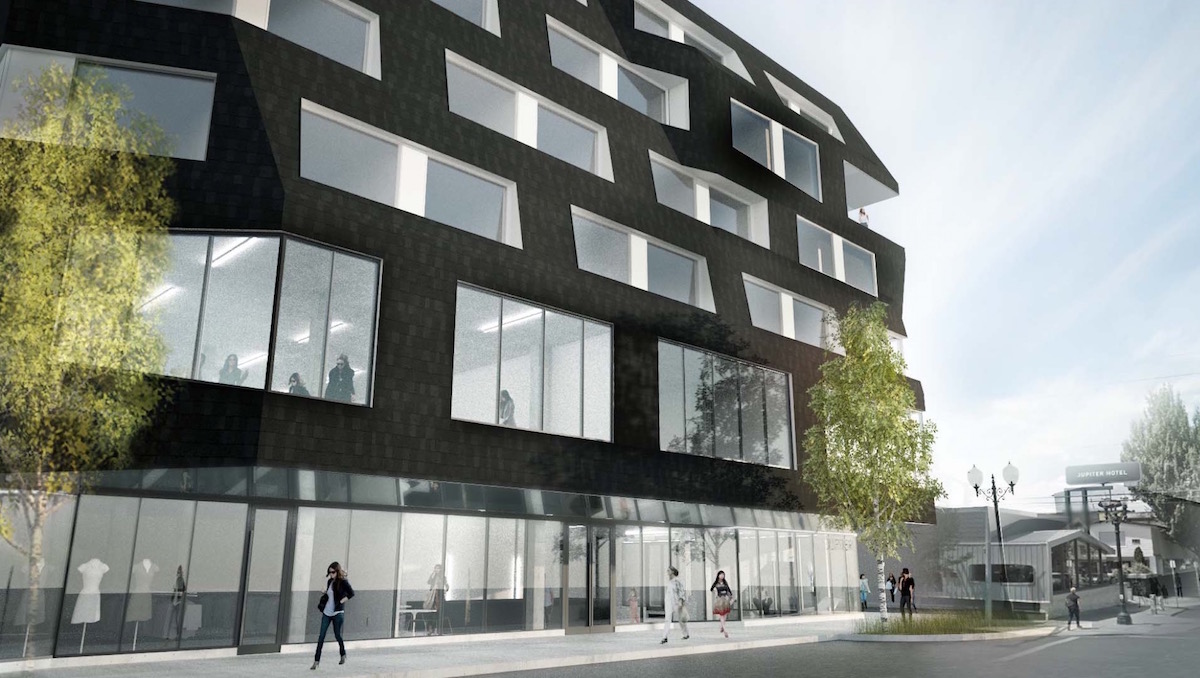
A major concern of the Design Commission at the early advisory hearing is that the new Jupiter Hotel should respond to the district guideline that states buildings should “reinforce the effect of sidewalk arcaded buildings fronting on East Burnside Street”. In the revised design, first presented in March of this year, the building extends up to 8′ over E Burnside. A mirrored panel soffit would be located above the sidewalk.
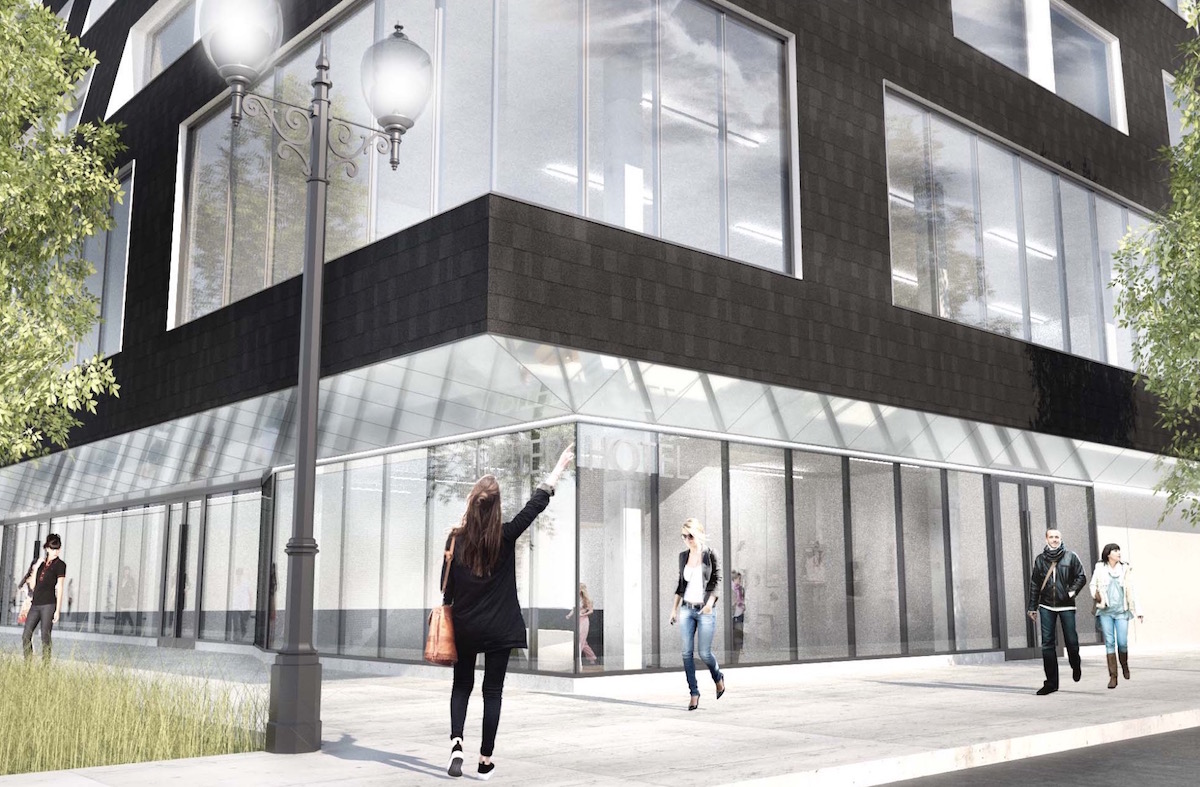
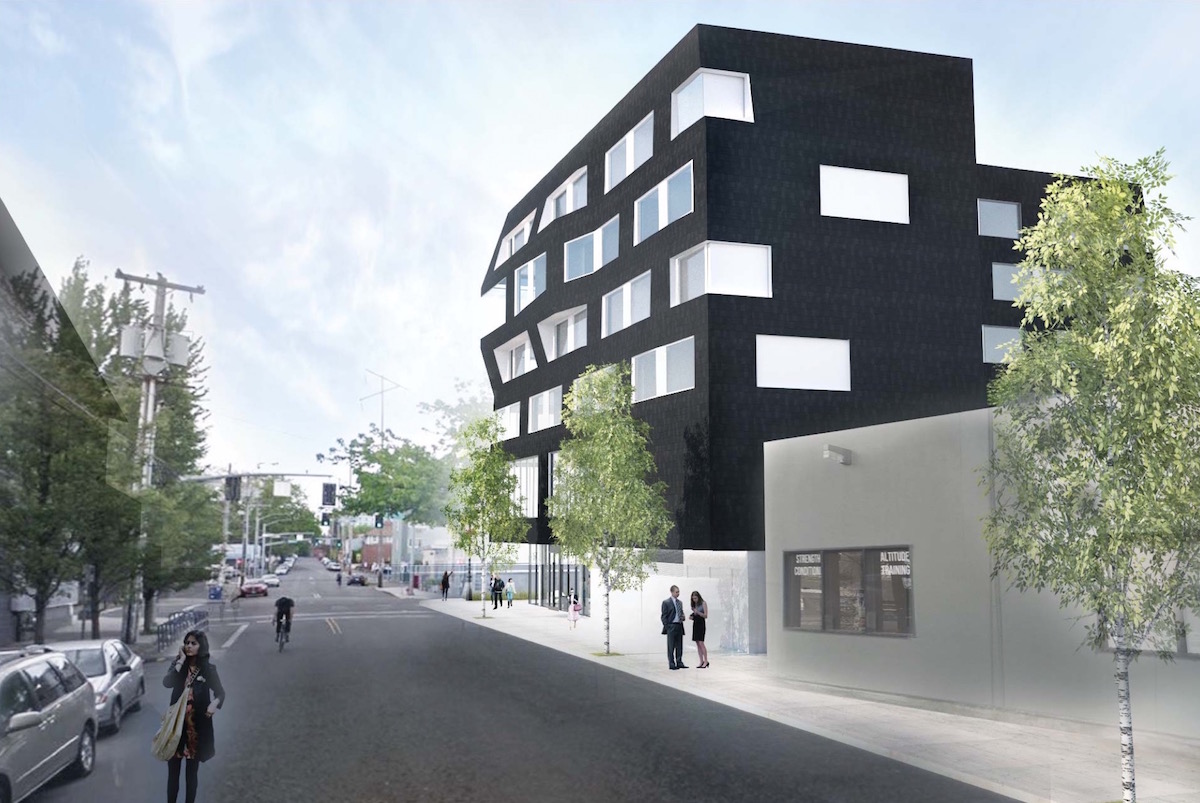
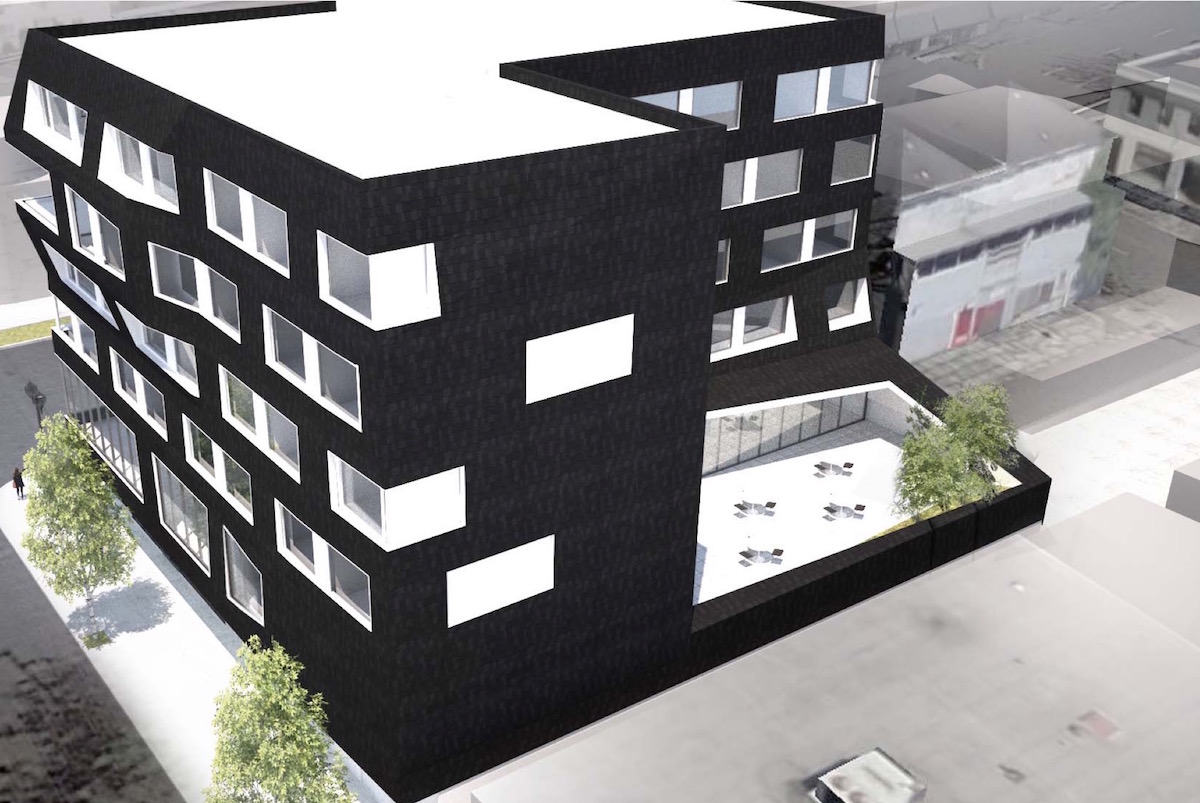
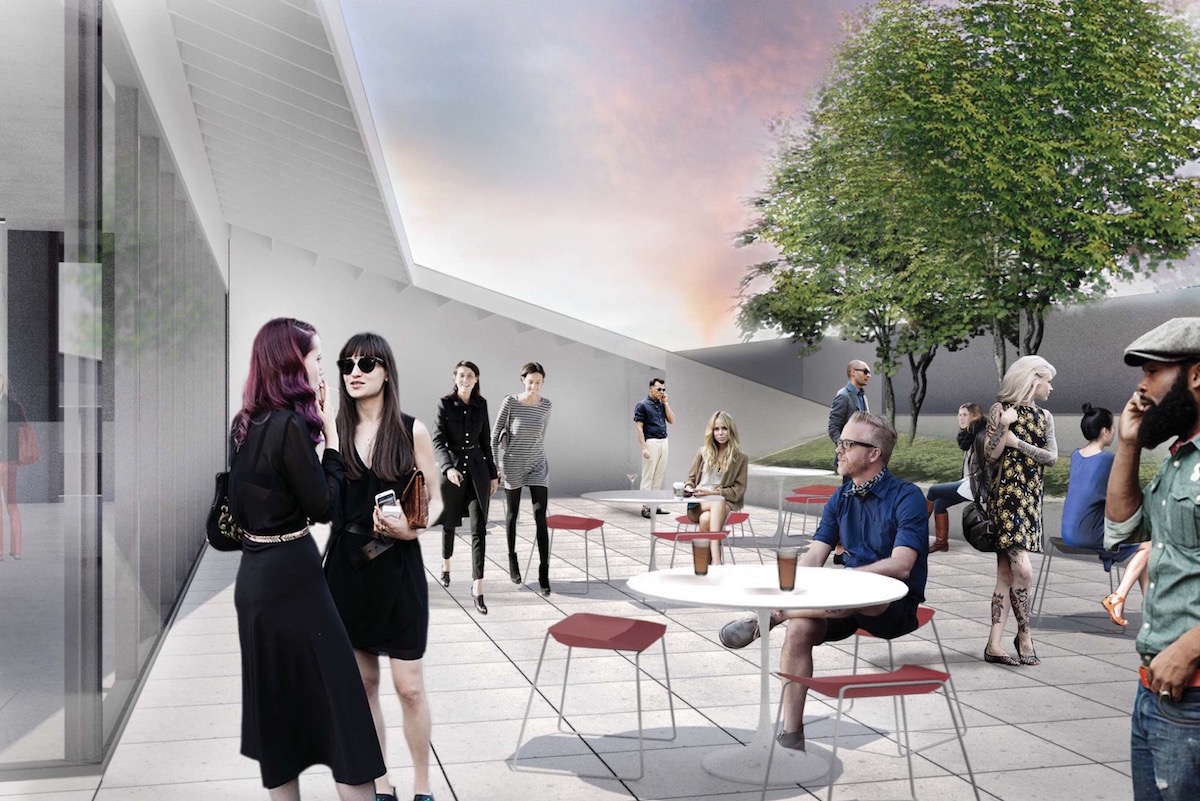
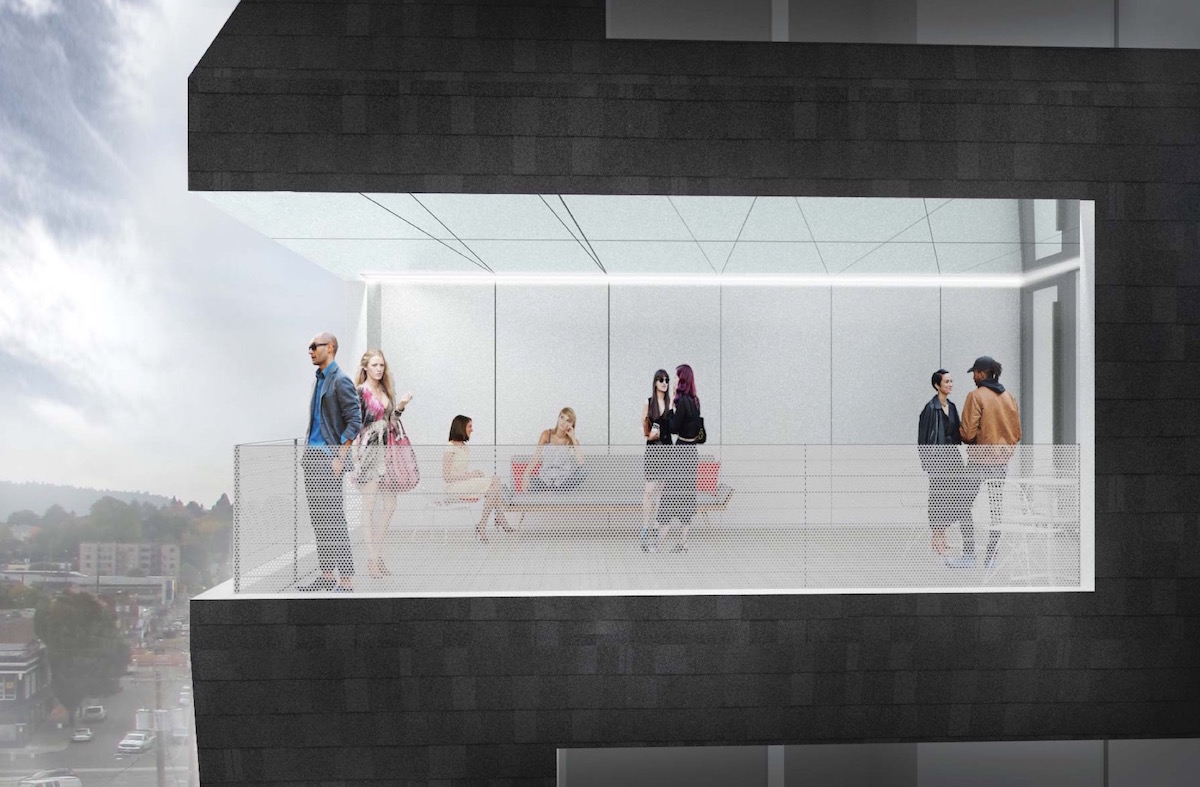
The project was approved by the Design Commission on April 21st 2016, with a condition requiring that the building be clad in dark grey, 26 gauge metal shingle. The approval explicitly stated that asphalt composition shingle was not approved. In their appeal to City Council, the applicants argued that the Commission’s primary concern was about setting a precedent for the use of the material. Before casting his vote to uphold the appeal, Commissioner Nick Fish offered his thoughts on the issue:
I thought the hearing last week was extremely helpful in framing the issues before us. I appreciate Miss Strickland [of Works Partnership], in her closing statement, mentioned the concerns for permanence, quality and precedent. I think sometimes that we get hung up on this notion of precedent. I think that rightly so, we’re worried about saying that yes, here we have opened a Pandora’s box.
My understanding is that in every case like this, there is always the consideration of context, and geography, and history, and all the factors that the Design Commission reviews. So I am not so concerned about precedent; I’m actually concerned about the reverse precedent. Which is: we’re a city that is affirmatively committed to promoting innovation. We have a successful business owner that is willing to spend a lot of money expanding their site, and wants to invest in an innovative technology for siding. We have an owner that has a huge amount of self interest to maintain the building in a very high quality condition, since it is an ongoing business.
The best way to test whether this particular material works for the long term is to allow this particular applicant to partner with Malarky, and to put the siding on the building. I fear that in some of these cases we’re getting too prescriptive at the administrative level, and it feels like we’re just substituting personal preference. In a case like this, where you have an architecture firm that is doing first rate work in the area; an owner-developer who is willing to stake a lot of their private money on this building (a building that is, by the way, probably about 60 to 65% glass—it’s mainly a transparent glass building—what we’re talking about is a minority portion of the face, and using a surface that has been used in other buildings…), I think this is an example of where we should reward innovation and creativity, and give them the flexibility to do it. If it turns out over time that it doesn’t work out as planned, then we can address the consequences of that.
Building permits will need to be obtained before construction of the Jupiter Hotel Expansion can begin.
Drawings
- Plan – Site Context
- Plan – Ground
- Plan – Second
- Plan – Third
- Plan – Fifth
- Plan – Roof
- Elevation – North
- Elevation – West
- Elevation – South
- Elevation – East
- Section
- Section
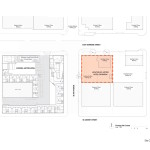
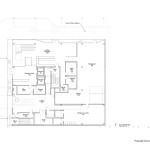
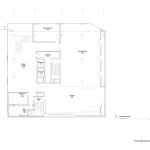
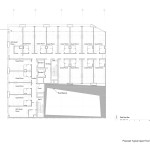
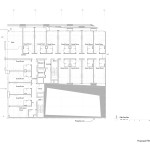
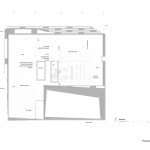
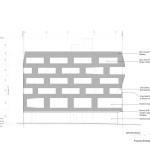
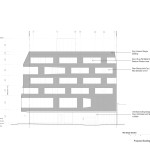
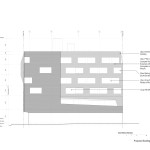
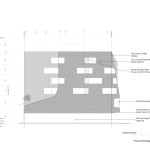
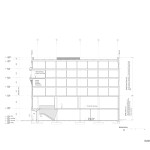
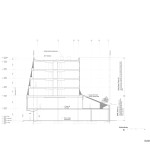
Great! Now they can install the asphalt shingles and when the rest of the city complains it is the ugliest building imaginable, the CITY will then PAY for higher priced metal shingles. If it worked for Skylab….
I find Fish’s arguments well considered. However I wonder about the term “innovation”. Unless I am confused about the subject material in question, asphalt shingles are considered an inferior roofing material on suburban tract housing; how can they be considered “innovative” on durable urban buildings? (also is this a good material from an ecological standpoint?) Does anyone have any constructive knowledge on this material to clarify? Is this similar to “stucco” and all the perception problems surrounding it’s use in durable applications?
The manufacturer, Malarky, had reps there, who went to pains to differentiate their product, saying this was “Laminated” asphalt shingles. No explanation of what this means. They are warranted for 40 years, but the 100% replacement warranty just extends to 20 years. After that, they pro-rate it. (If I heard right). And how the heck do you get up there and do that, especially on an undulating surface. I predict lifts parked on the sidewalk in 10 years.
No new vehicular parking is proposed.
Of course not, because no cars exist in the future. Hey, since no cars exist in the future, let’s install parking meters here.
So where will all these people who are staying here park the cars they don’t have? Uber and bikes will save us all.
They will park in the street directly in front of your house. Directions will be posted on the hotel’s website.
The majority of people who visit Portland and stay in the “center city” area don’t rent cars, anyway, so there really isn’t the need for extra parking.
I’m sure that anyone who plans to drive here, or rent a car, will not stay at this hotel. There’s plenty of other options out there for people with cars.